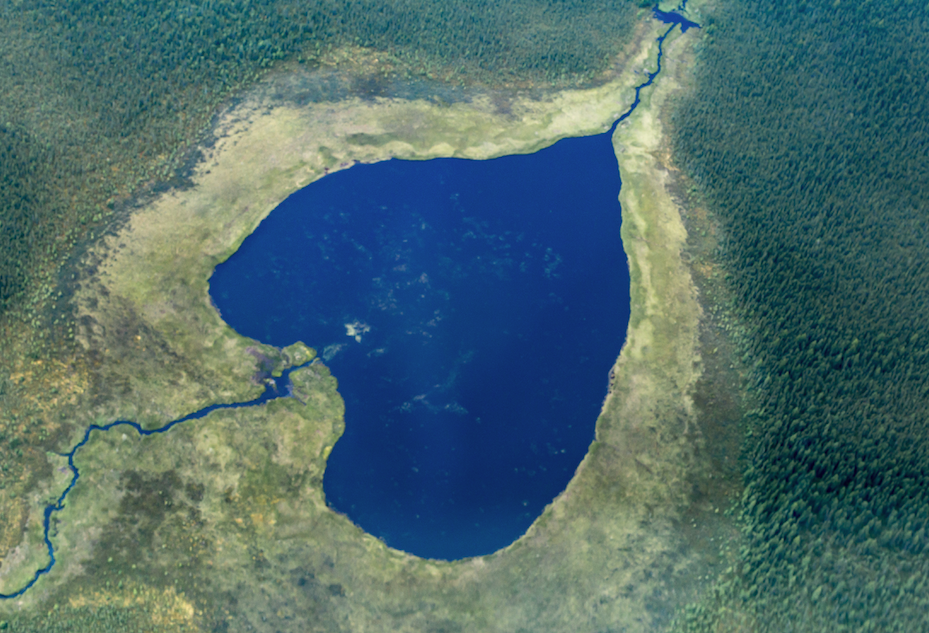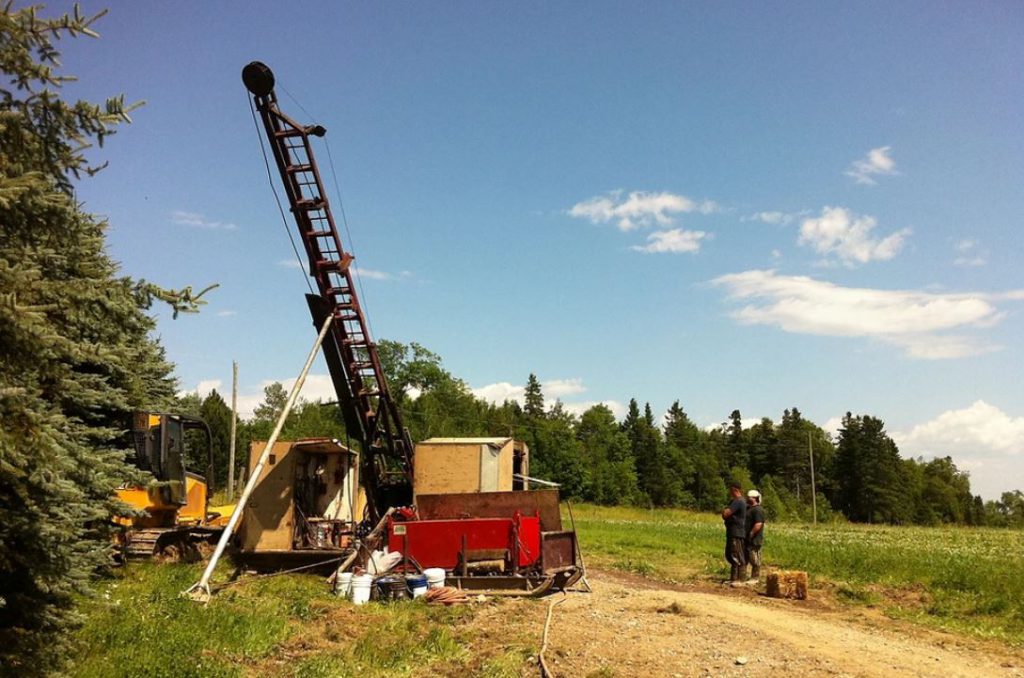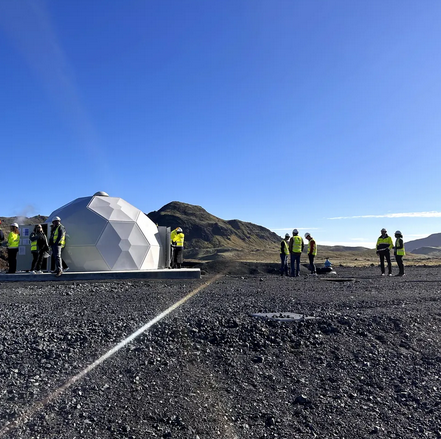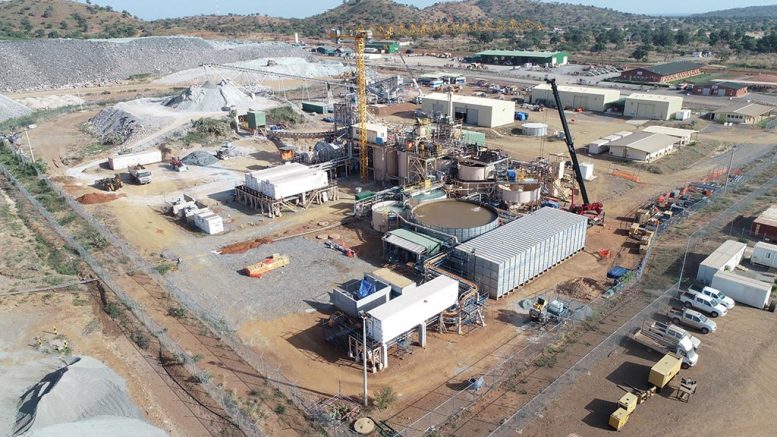Ontario vows to balance interests of all Indigenous communities in mining development

Ontario’s Indigenous Affairs Minister says the wishes of First Nations against resource development must be balanced against those in favour, after the Premier refused to meet with a Northern Indigenous group opposed to mining on their territories.
The Land Defence Alliance (LDA), which represents Neskantaga First Nation, Grassy Narrows, Wapekeka First Nation, Muskrat Dam First Nation and Kitchenuhmaykoosib Inninuwug (KI), convened at Queen’s Park on Tuesday in their third attempt this year to meet Premier Doug Ford. The group wanted him to sign an agreement promising to not allow any mining development against their will.
Grassy Narrows Chief Rudy Turtle in a news conference said he was deeply concerned about the roughly 5,000 mining claims that have been granted in its traditional territory. Ontario’s open prospecting system allows individuals and corporations to amass mining claims for a nominal fee without Indigenous consent. While prospecting work tends to be minimally disruptive to the land, Indigenous communities worry that work on claims could harm their traditional hunting ground upon which they depend for sustenance.
“We are here to tell them that we will not allow any activity in our territory. We will stand up to it,” Mr. Turtle said. “We want our territory to be preserved in its natural state.”
Mr. Ford, who has been in power since 2018, has been a booster of the mining industry. Not long after coming to office, he said he would personally be willing to jump on a bulldozer to develop the long-stalled Ring of Fire critical minerals project in the province’s far North.
His government’s pro-development stance has inflamed tensions with some First Nations, including those part of LDA, which say Ontario has not adequately consulted with them on mining development.
But Mr. Ford on Tuesday declined to meet the LDA, instead offering Indigenous Affairs Minister Greg Rickford as his proxy. Mr. Rickford said the objective of the government is to reach consensus among all the First Nations impacted by the Ring of Fire and other major mining projects, referring to communities that favour development.
“Our job is to balance the interests of all First Nations,” he said outside the legislature. “There are several other First Nations communities, who are part of these treaties, who have different interests, and see them as opportunities.”
The LDA last tried to meet Mr. Ford in July, when the group staged a rally close to the provincial legislative building in Toronto, protesting the Premier’s mining policies. In March, Christopher Moonias, Chief of Neskantaga, was escorted out of the legislature after bellowing at Mr. Ford and accusing him of failing to adequately consult on proposed development in the Ring of Fire project.
Cecilia Begg, head councillor with KI, said Tuesday that mining development had caused devastation in her community as she implored Mr. Ford to meet with her on Tuesday.
“We need to work together,” she said. “He needs to step up.”
There are roughly 18 First Nations that are being consulted as part of continuing provincial and federal studies into proposed mining development in the Ring of Fire.
Marten Falls First Nation and Webequie First Nation are broadly in favour of developing the region, and are leading environmental assessments around the construction of roads into the region.
In Ontario, while Indigenous communities must be consulted under the constitution on any proposed mine, they do not have veto power to stop the development if federal and provincial government approvals are granted.
Last year, Mr. Ford named former long-time gold industry executive George Pirie as Minister of Mines. Since then, Mr. Pirie has introduced measures aimed at speeding up mine development in Ontario.
More News
Manganese X poised to begin pre-feasibility study at Battery Hill
April 11, 2025 | 02:39 pm
Carbon removal technologies could create tens of thousands of US mining and quarry jobs – report
April 11, 2025 | 01:33 pm
{{ commodity.name }}
{{ post.title }}
{{ post.date }}




Comments